Food Rx: Foods That Lower Cholesterol
We’re teaming up with Julie Lopez, registered dietitian and culinary nutrition chef, in a monthly series focusing on food’s important role in overall health. In this episode, we’re exploring foods that can help lower your cholesterol and improve your heart health.
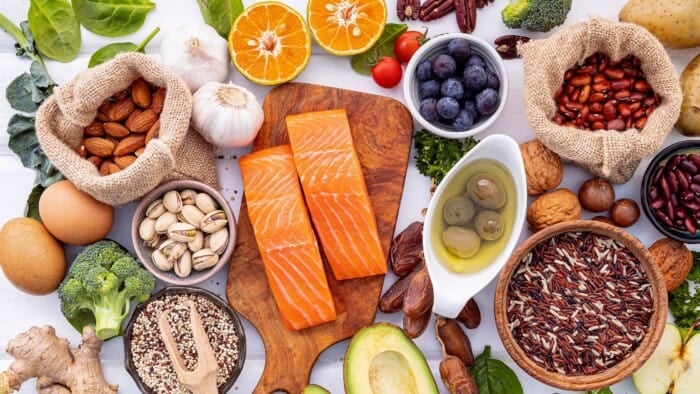
In the last episode of Food Rx, we learned about the importance of heart health. We know the heart plays a very important role in our bodies. It provides a steady flow that carries oxygen, fuel, hormones, and essential cells to every part of the body.
A heart-healthy diet has a heavy focus on consuming more fruits and vegetables, aiming to include more whole grains, opting for lean proteins, choosing healthy fats, while limiting saturated fats, added sugars, and sodium.
Let’s dive a little deeper in understanding heart health and how cholesterol plays a role. What exactly is cholesterol? Does eating cholesterol raise cholesterol levels? How do you lower cholesterol? If these are questions you have asked yourself or unsure of the answers, keep reading!
What is Cholesterol?
Cholesterol is a substance carried through the bloodstream via lipoproteins, which are known as “transporters” of fat. To imagine this visually, imagine cholesterol as oil floating on water. For oil and water to mix an emulsifier is needed.
These lipoproteins “emulsify” the cholesterol and package it up to be transported through the bloodstream. These “transporters” or emulsifiers are known as lipoproteins known as HDL (Good – Happy/Healthy) and LDL (Bad – Lousy) cholesterol.
Is Cholesterol Bad?
Despite cholesterol having a perceived bad reputation, this substance is still needed by our body to build cells, make vitamins and other hormones. However, too much cholesterol in the bloodstream can damage arteries and buildup in the blood vessel linings – which can lead to heart attack and stroke.
What are Triglycerides?
Like cholesterol, triglycerides are a type of fat that our body needs for building cells and several hormones to keep us healthy but can cause cardiovascular damage if levels are too high.
Triglyceride levels are affected by the types of fat we eat, the number of calories, particularly the type of carbohydrates, and fat stores in the body.
What are Healthy Levels of Cholesterol?
Cholesterol numbers are measured in milligrams per deciliter (mg/dL). Below are the healthy levels of cholesterol, based on age and gender:
Ages 19 or younger:
| Type of Cholesterol | Healthy Level |
|---|---|
| Total Cholesterol | Less than 170 mg/dL |
| LDL | Less than 100 mg/dL |
| HDL | More than 45 mg/dL |
Men age 20 or older:
| Type of Cholesterol | Healthy Level |
|---|---|
| Total Cholesterol | 125 to 200 mg/dL |
| LDL | Less than 100 mg/dL |
| HDL | 40 mg/dL or higher |
Women age 20 or older:
| Type of Cholesterol | Healthy Level |
|---|---|
| Total Cholesterol | 125 to 200 mg/dL |
| LDL | Less than 100 mg/dL |
| HDL | 50 mg/dL or higher |
If I eat cholesterol, will it raise my cholesterol?
Everyone responds differently when cholesterol is consumed through the diet. Only about 20% of the cholesterol in your bloodstream comes from the food you eat, and your body makes the rest.
Genetics does heavily play a role in cholesterol. Your doctor and RDN can help determine if managing intake of dietary cholesterol is necessary, diet, and lifestyle recommendations for you.
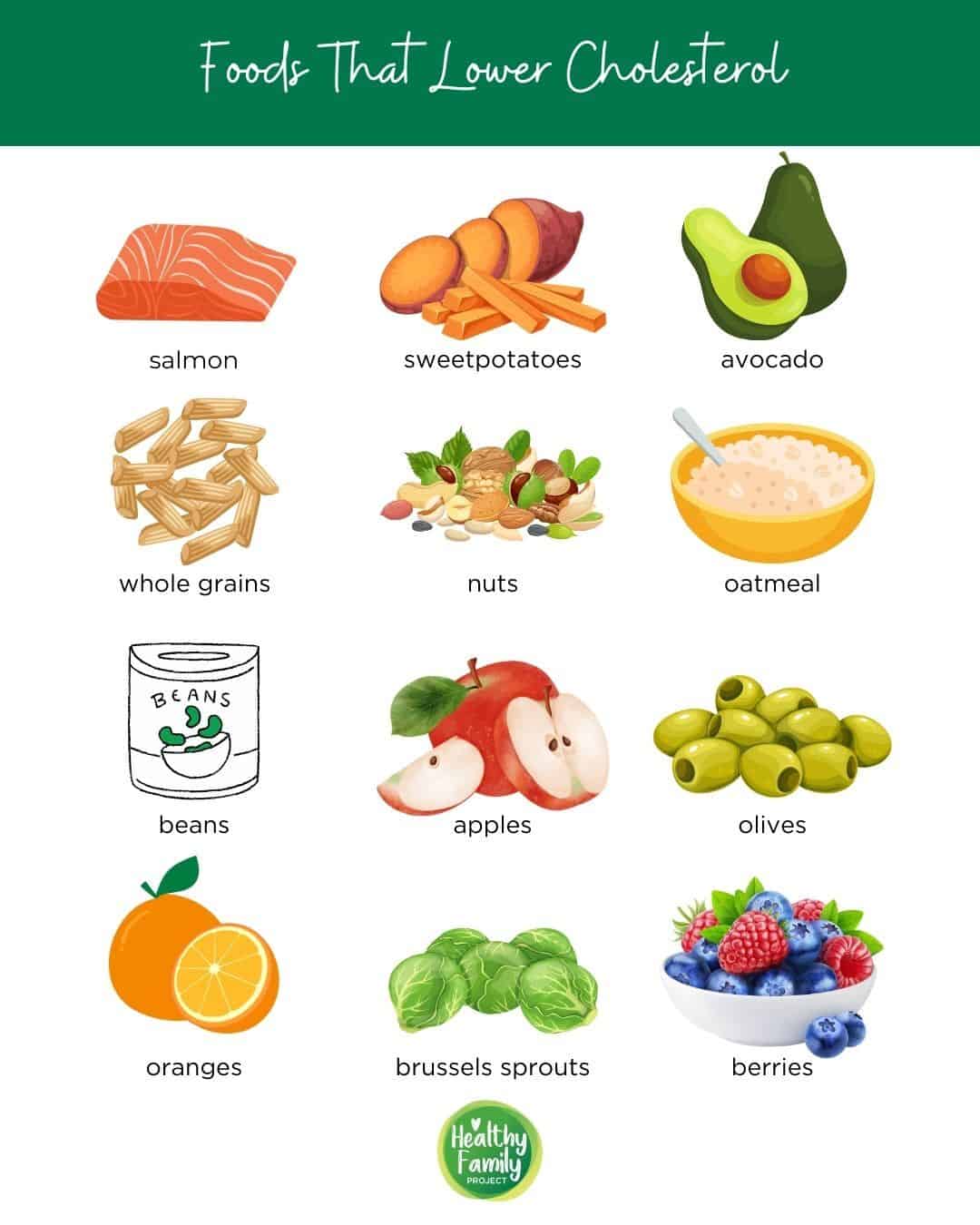
Foods to help manage or lower cholesterol
A diet that is rich in fruit, vegetables, healthy fats, and whole grains is a good foundation for general healthy eating but can also make an impact on managing or lowering cholesterol levels.
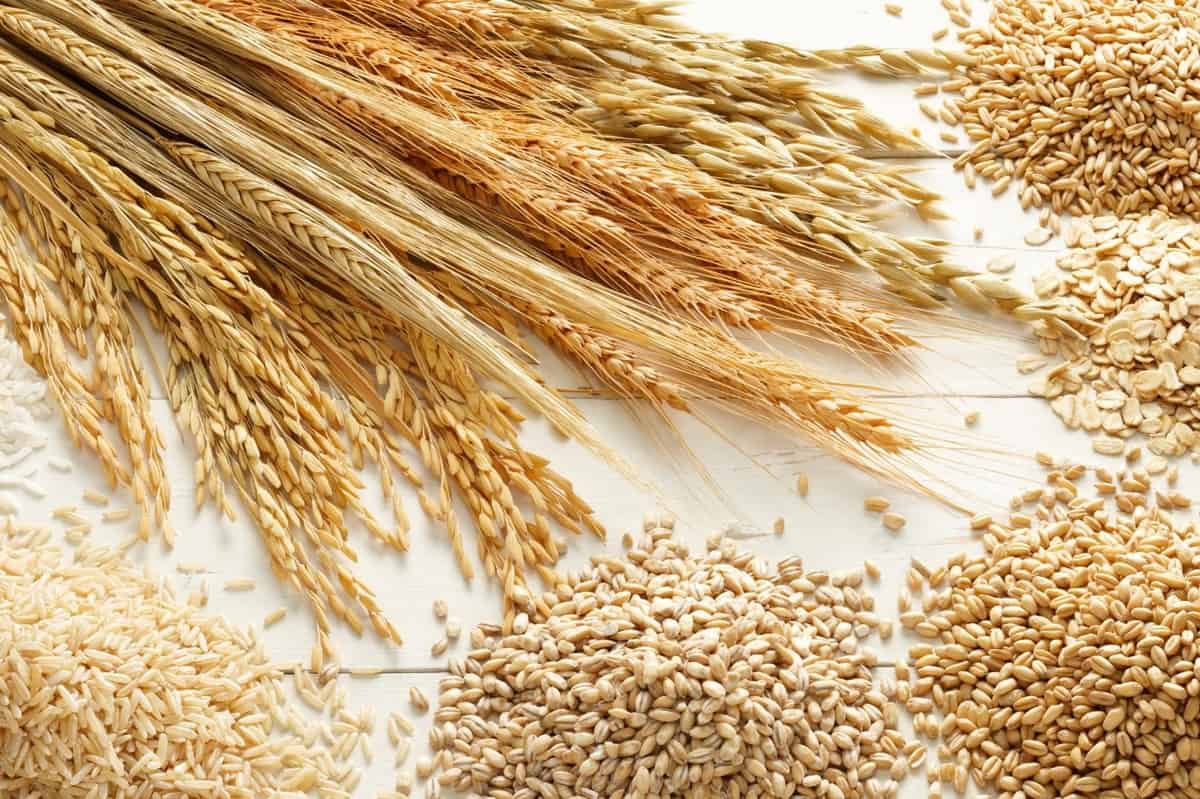
Whole Grains
Include whole grains such as oatmeal, whole grain cereal, 100% whole wheat products and barley among other whole grains into your diet. Whole grains work to reduce cholesterol mainly because of the soluble fiber in these foods bind to cholesterol and are then excreted before they are absorbed.
It is recommended that adults consume 20-38 grams of fiber per day with 5-10 grams coming from soluble fiber. For example, one medium apple, with the skin on contains 4.4 grams of fiber or roughly 22% of recommended daily intake on the lower range.
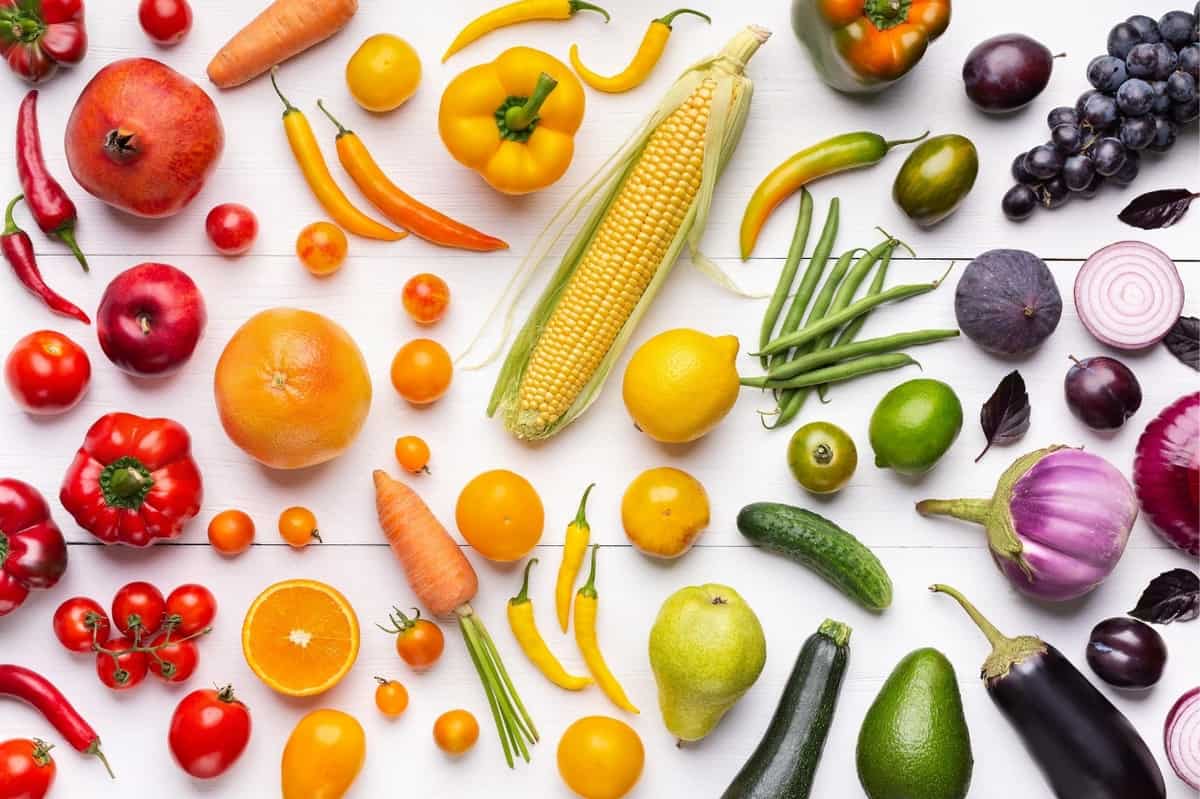
Fruits and Vegetables
Similar to whole grains, the soluble fiber is found in fruits and vegetables such as apples, asparagus, berries, Brussel sprouts, sweet potatoes, turnips, apricots, oranges, mangoes and legumes, which also can support lowering cholesterol levels naturally.
When increasing fiber intake, it’s important to also drink plenty of water as these fibers need water to function to its full potential and prevent constipation.
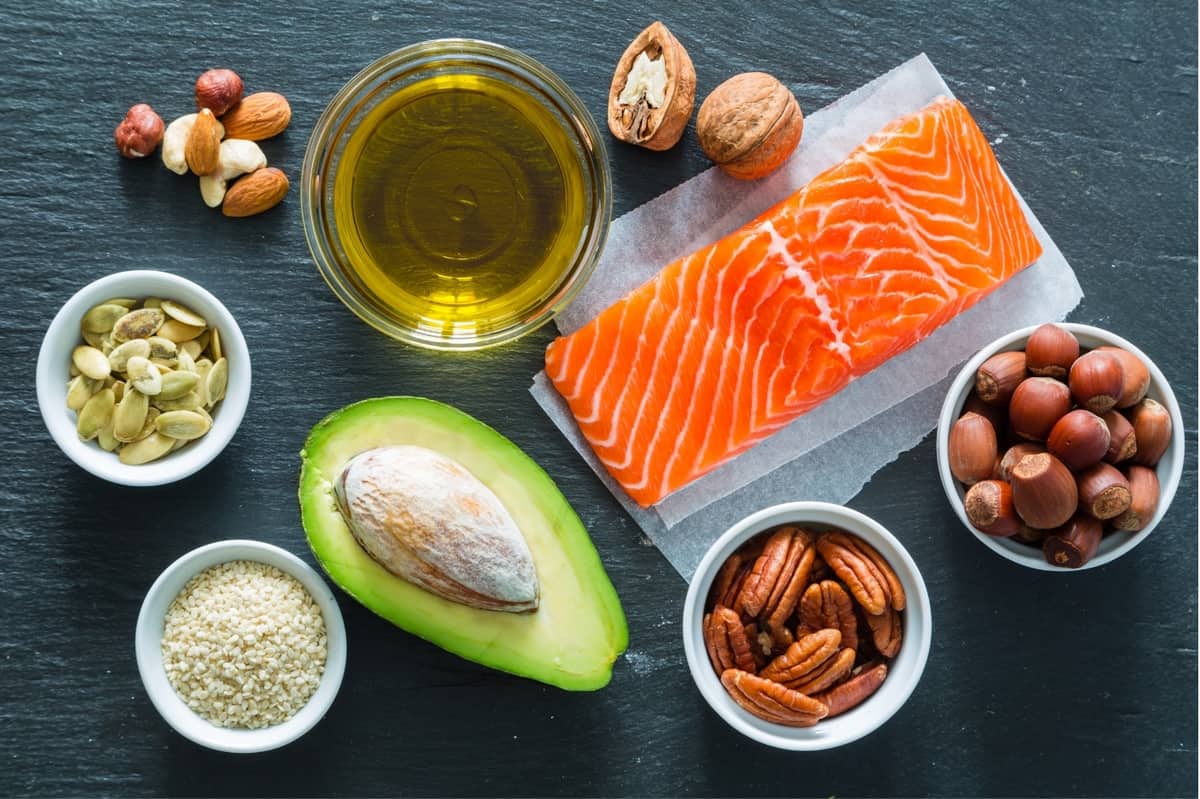
Healthy Fats
Fatty fish such as salmon, herring, sardines, and cod contain heart-healthy omega-3 fatty acids which help to lower LDL cholesterol levels. The American Heart Association recommends consuming two servings of fish (particularly fatty fish) every week. One serving is considered 3.5 ounces cooked or about the size of a deck of cards.
Nuts, seeds, olives, and avocados are also great sources of healthy fats to help lower cholesterol. Two ounces of nuts per day can support lowering LDL levels, as well as offer other protective benefits.
Not eating fish tonight? Select leaner cuts of protein such as chicken breast instead of thighs (without the skin), ground turkey breast or leaner cuts of beef or pork such as the tenderloin or flank. This helps to reduce the amount of saturated fat which is mainly found in animal-based protein and is the biggest contributor to elevating LDL levels in the diet.
Try these simple combinations to get started on consuming a diet to support managing cholesterol:
- Avocado on 100% whole wheat toast with a fried egg
- Tuna salad with whole grain crackers
- Salmon with lemon, roasted asparagus, and roasted potatoes
- Greek yogurt topped with blueberries and walnuts
- Tofu (or chicken, shrimp, beef) and broccoli stir-fry with brown rice
- Lentils, fresh veggies and a homemade vinaigrette
Foods to Limit to Help Manage Cholesterol
Research has noted that it’s not necessarily the cholesterol found in food that is raising cholesterol levels, but rather the overall dietary pattern of diets higher in saturated fats, trans fats, and refined carbohydrates.
A more effective way to manage cholesterol is to limit refined carbohydrates, such as simple sugars found in beverages with added sugar, like soda and coffee drinks and processed foods. Foods with high amounts of simple sugars can raise triglyceride levels, which are associated with coronary heart disease.
Saturated fat is the biggest contributor to raising LDL levels in the diet. Foods that contain higher levels of saturated fat include fatty, marbled beef or pork, poultry with skin, butter, coconut or palm oil, whole milk, cheese, yogurt, and ice cream.
Try this nice cream for a healthier alternative, and it even includes a serving of fruit! Instead of cooking with butter or coconut oil, select oils that are liquid at room temperature, such as olive or avocado oil.
Do you have any questions? Join our Facebook Group to continue the conversation.
Disclaimer: Before making any health or diet changes, please consult your doctor. The information shared as part of Food Rx is meant to be informative but not replace medical advice from your doctor.
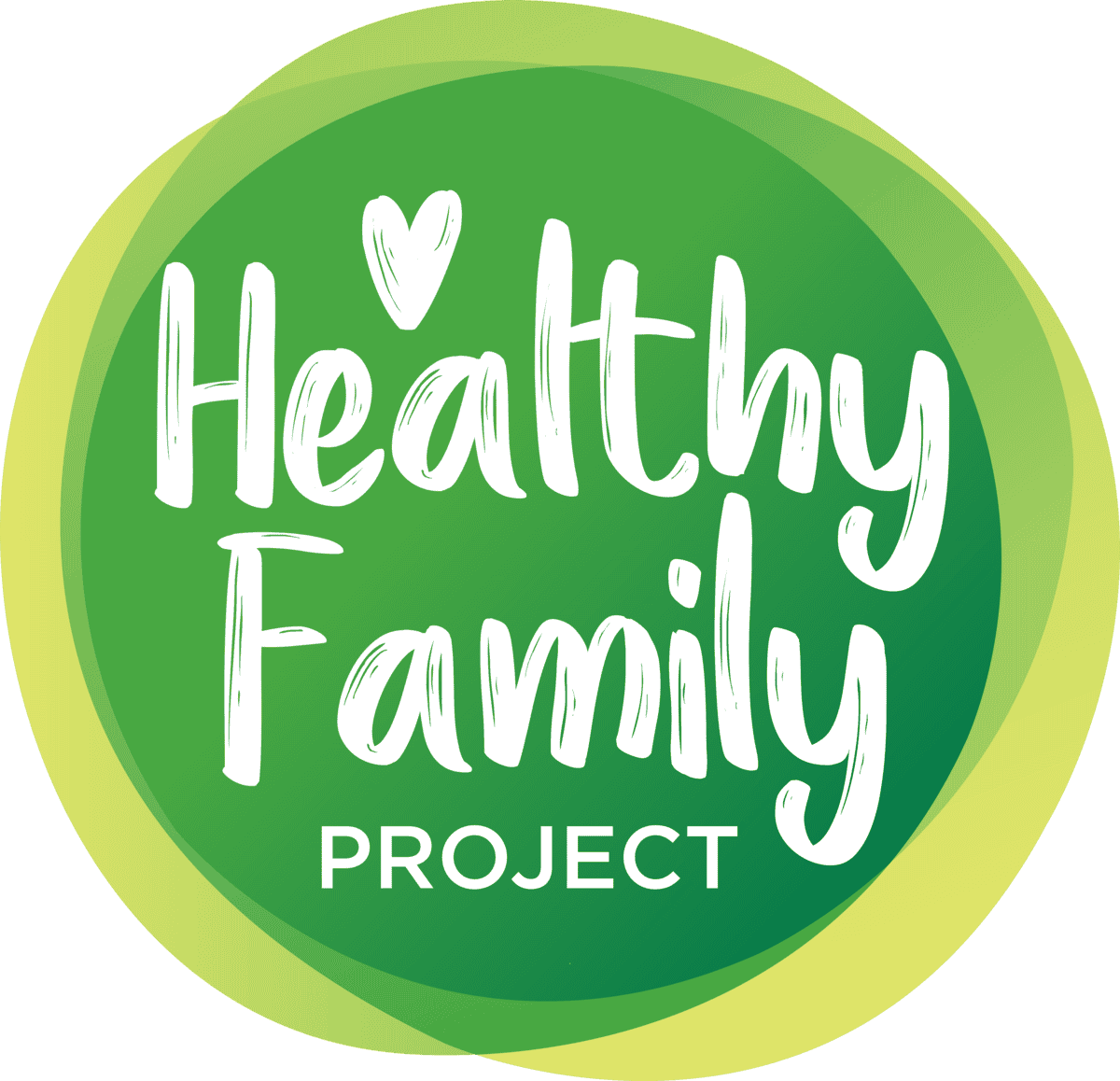
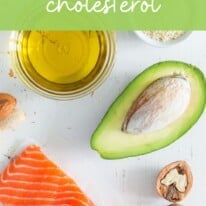










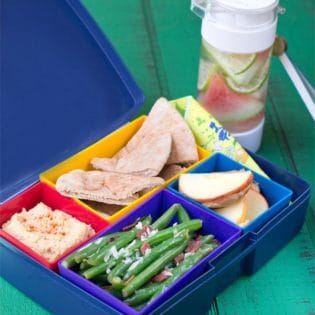


My cholesterol count was at a 5 and my cardio said it was too high. What is the correct count?
Hi Renarte! I wish I had the answer for you, but we aren’t doctors here at Healthy Family Project, that question is best for your medical professional. Thank you for reaching out and I hope you have a great day!
My cholesterol is running a little high. I need help on how to get it down
I hope these tips and foods help! Be sure to consult your doctor as well.